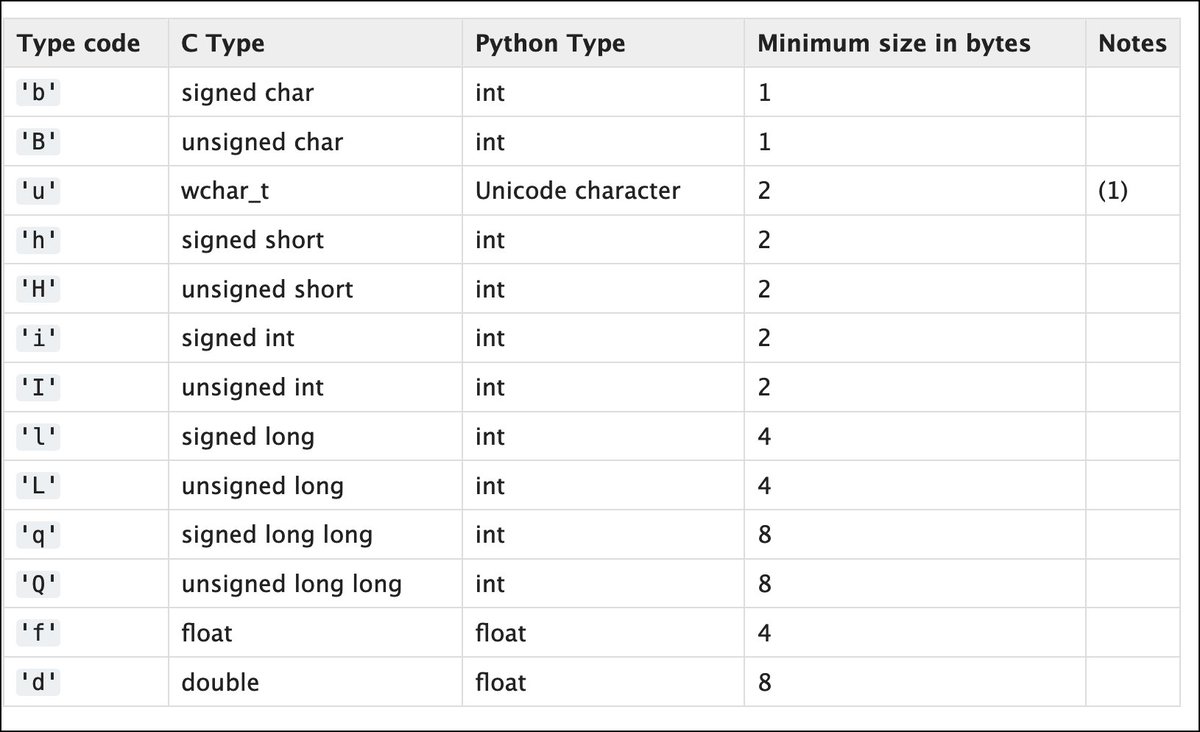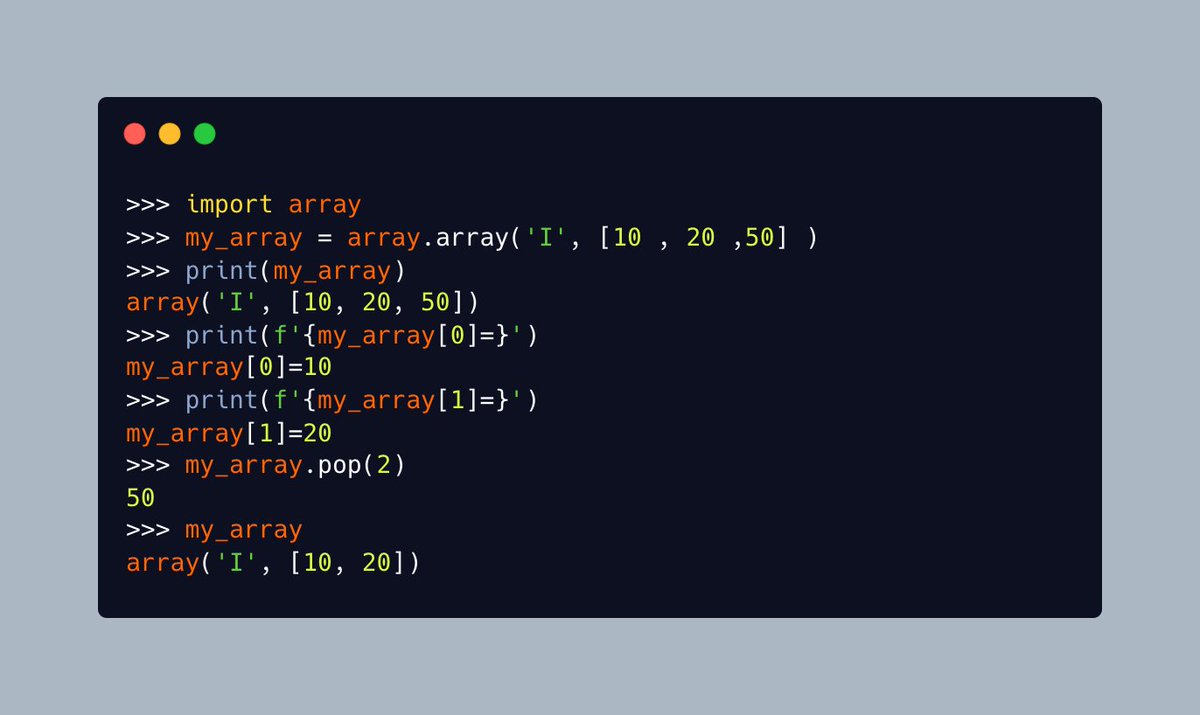
One of #Python's many built-in functions is called `id()`. You can use `id()` to return the “identity” of an object.
The id is an integer which is guaranteed to be unique and constant for this object during its lifetime.
#python_builtins_by_driscollis
🧵🐍👇
The id is an integer which is guaranteed to be unique and constant for this object during its lifetime.
#python_builtins_by_driscollis
🧵🐍👇
CPython implementation detail for ids: This is the address of the object in memory.
Identity and equality are NOT the same in Python!
For example, the two lists in the following example equal each other (i.e. have the same contents), but their id is different!
Identity and equality are NOT the same in Python!
For example, the two lists in the following example equal each other (i.e. have the same contents), but their id is different!

In CPython, there is an optimization where the first 256 integers have the same identity
This can be proven with Python's `id()` function.
So in this case, the identity and the equality are the same
This can be proven with Python's `id()` function.
So in this case, the identity and the equality are the same

I talk a little bit more about identity versus equality in this short tutorial @mousevspython
blog.pythonlibrary.org/2017/02/28/pyt…
blog.pythonlibrary.org/2017/02/28/pyt…
@mousevspython Thanks for checking out my thread on Python's built-in `id()` function.
Follow me for more great tips on #Python!
Follow me for more great tips on #Python!
• • •
Missing some Tweet in this thread? You can try to
force a refresh











